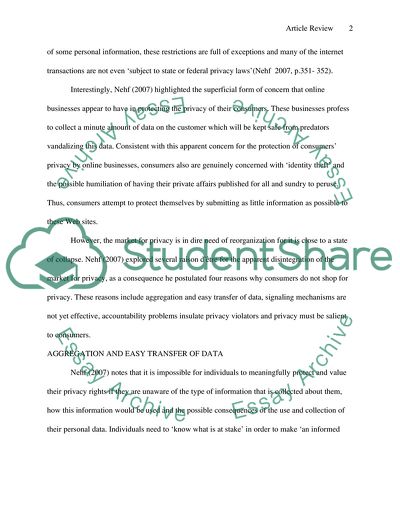Cite this document
(“Article Review (Shopping for Privacy on the Internet) Coursework”, n.d.)
Article Review (Shopping for Privacy on the Internet) Coursework. Retrieved from https://studentshare.org/miscellaneous/1544240-article-review-shopping-for-privacy-on-the-internet
Article Review (Shopping for Privacy on the Internet) Coursework. Retrieved from https://studentshare.org/miscellaneous/1544240-article-review-shopping-for-privacy-on-the-internet
(Article Review (Shopping for Privacy on the Internet) Coursework)
Article Review (Shopping for Privacy on the Internet) Coursework. https://studentshare.org/miscellaneous/1544240-article-review-shopping-for-privacy-on-the-internet.
Article Review (Shopping for Privacy on the Internet) Coursework. https://studentshare.org/miscellaneous/1544240-article-review-shopping-for-privacy-on-the-internet.
“Article Review (Shopping for Privacy on the Internet) Coursework”, n.d. https://studentshare.org/miscellaneous/1544240-article-review-shopping-for-privacy-on-the-internet.


